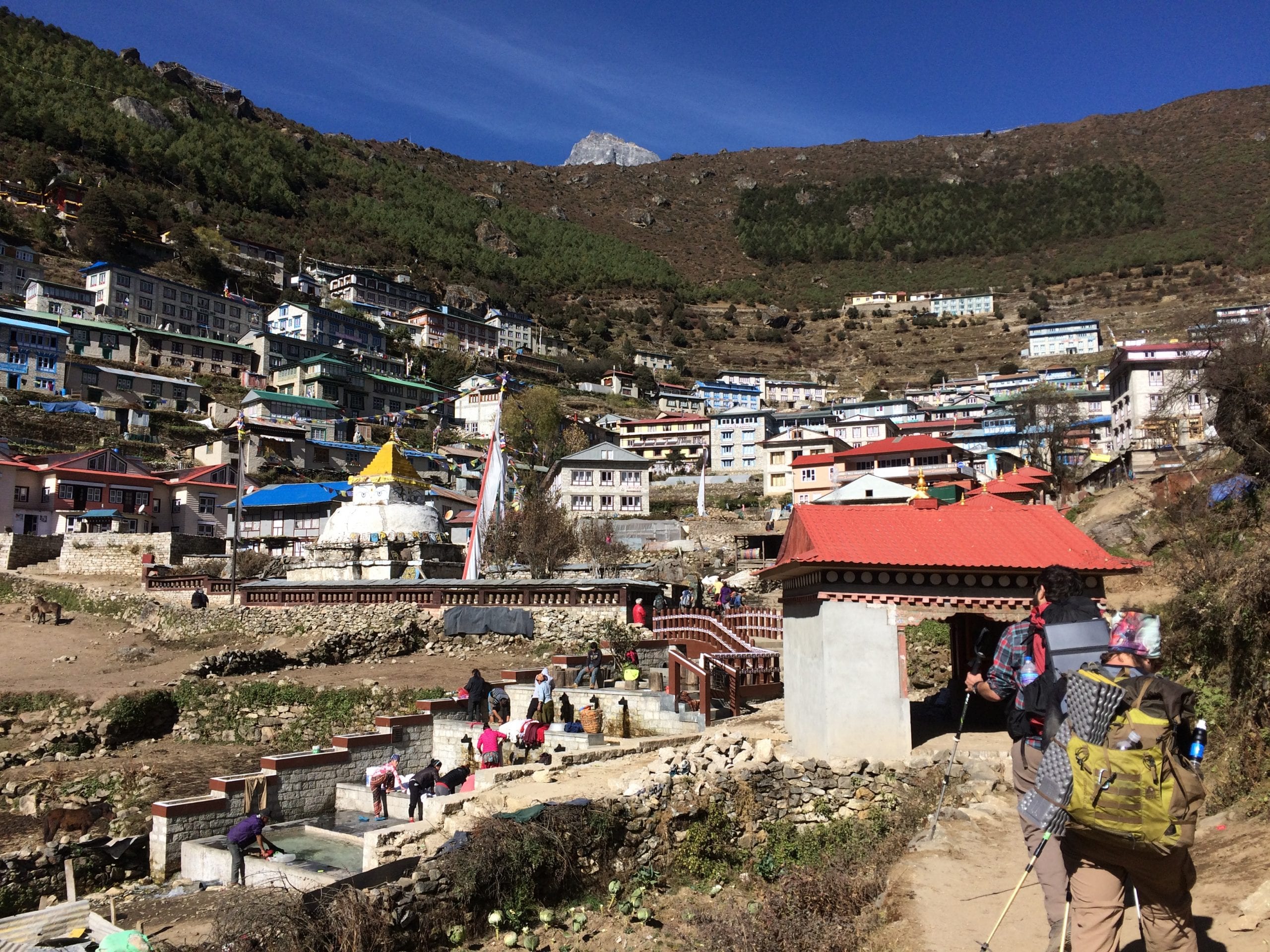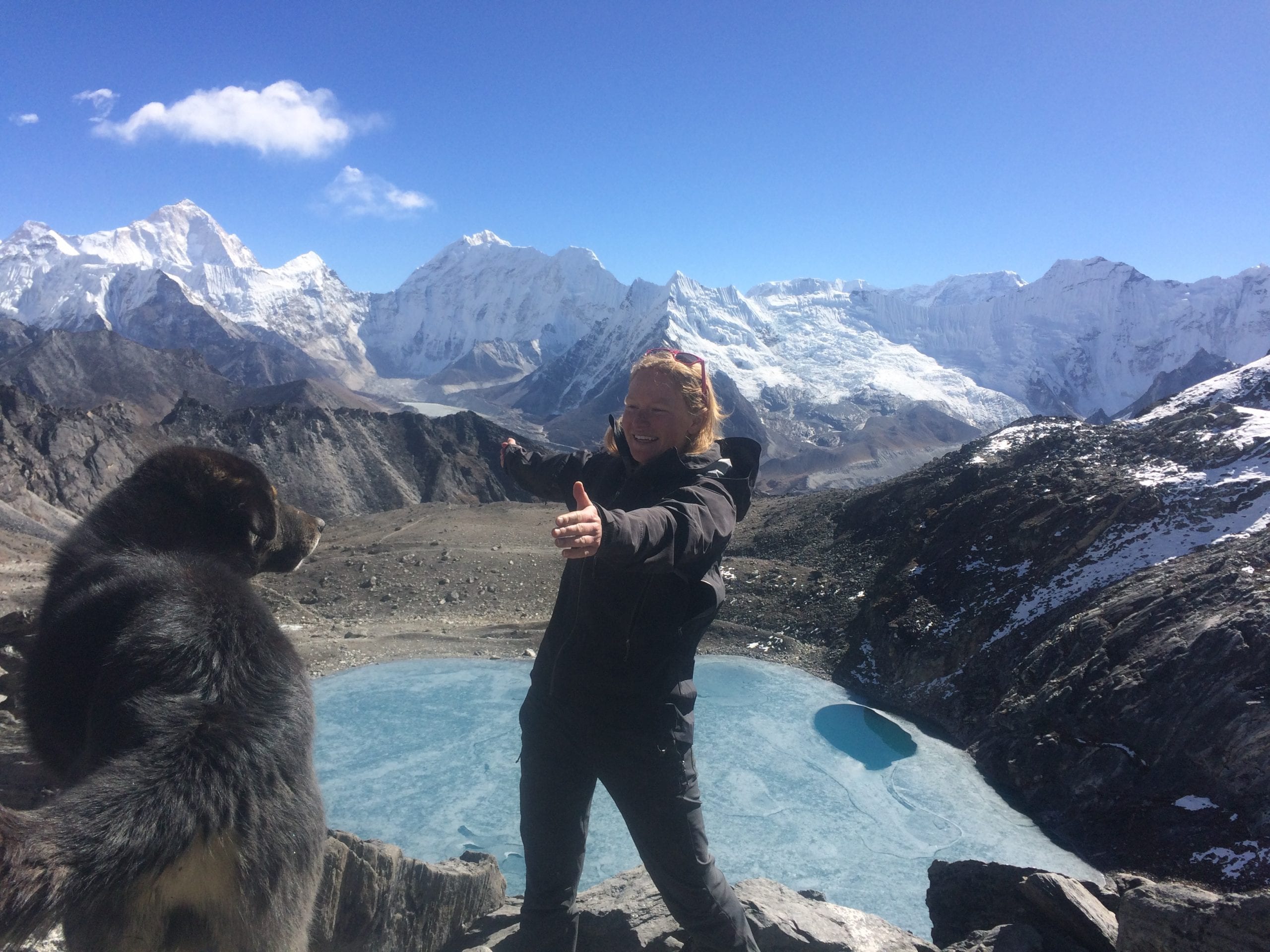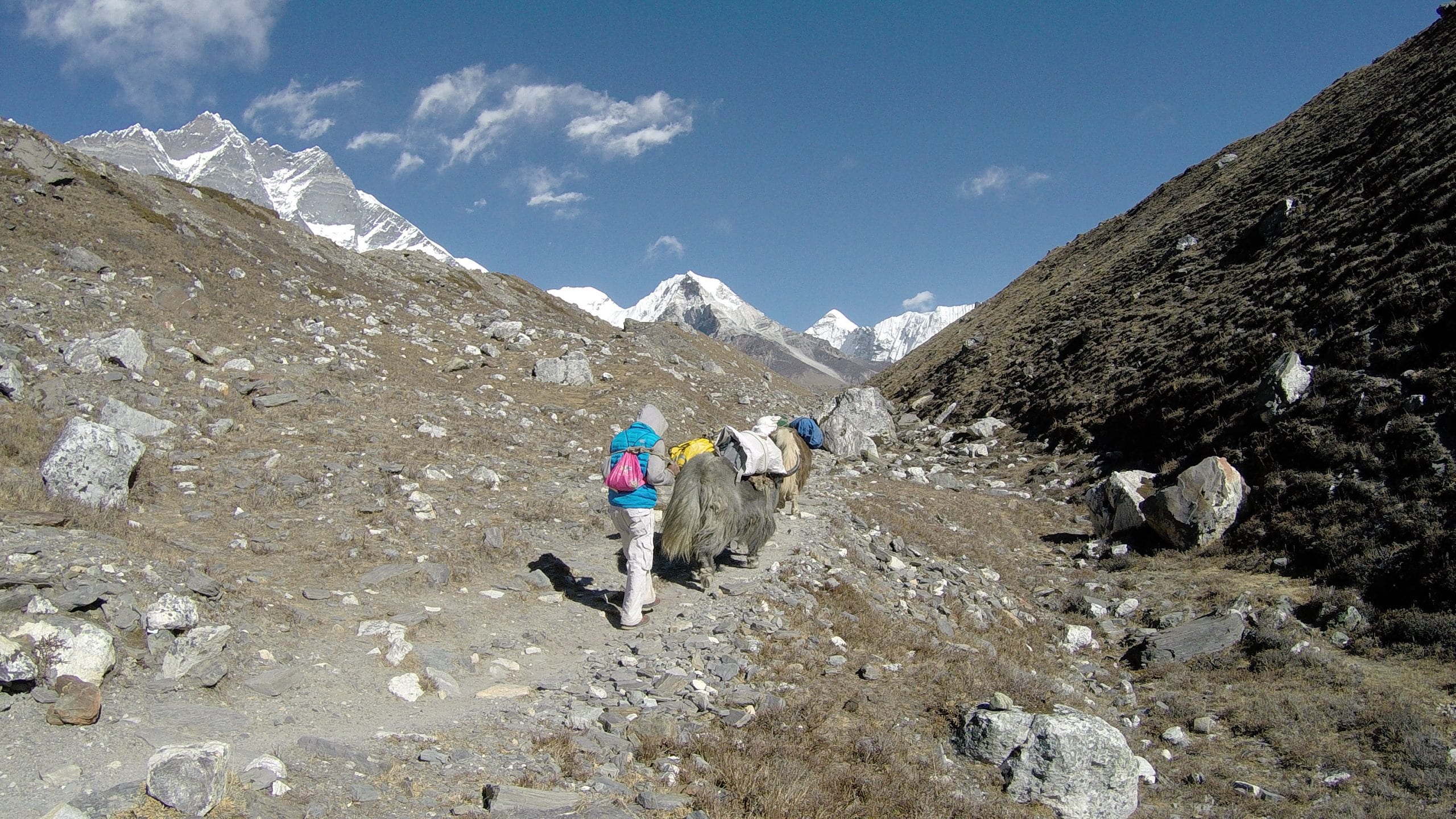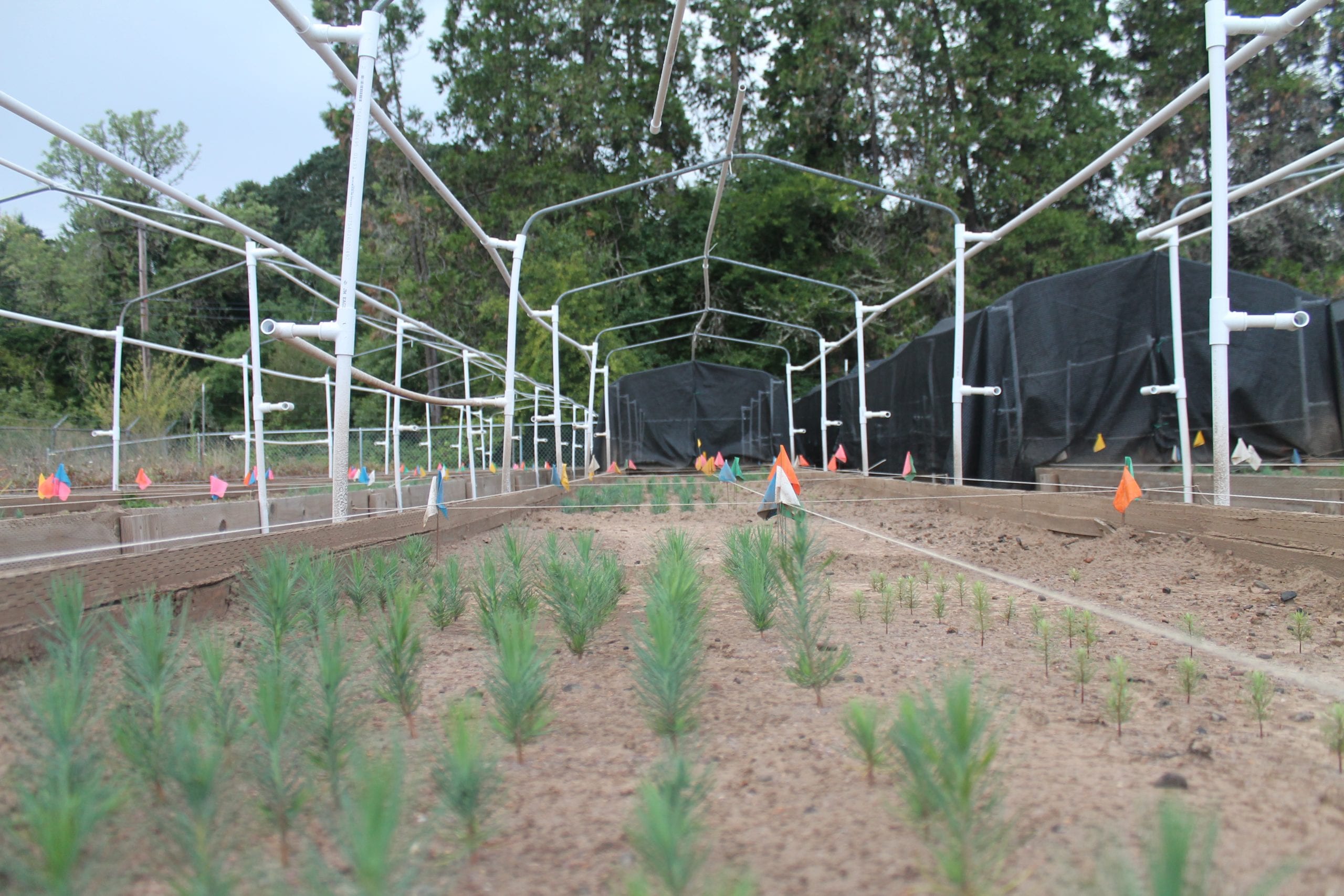As my avid followers will recall, I ended my previous blog post with a brief discussion on the important distinction between acclimatization and adaptation. That blog post featured an in-depth look at acclimatization using my recent trip to Nepal as an example. For this blog post, I will focus on adaptation.
Adaptation has quite a few definitions, but here I will define it in biological terms: an evolutionary process in which a population becomes better-suited to its habitat or environment. I know, I know! This is almost identical to the definition of acclimatization, but the key difference is the word “evolutionary.†Adaptation occurs over long timescales, involving multiple generations of organisms. On the other hand, acclimatization is typically an immediate and rapid process, and occurs within a single individual's lifetime.

Let's continue using Nepal as an example. The first few generations of Nepalese villagers to live up in the mountains likely had to undergo acclimatization to adjust to the higher altitudes. They probably underwent similar physiological changes to the ones we experienced during our trip (see my previous blog post for a more detailed explanation). At first these changes included shortness of breath and increased blood pressure, but eventually the villagers developed an increase in lung capacity and production of red blood cells and capillaries to more efficiently move oxygen through the body.
Over time, certain genetic mutations that resulted in these physiological changes (i.e. increased lung capacity) became more present in the Nepalese populations and were passed on to future generations. As those traits continued to be incorporated into the population, the Nepalese villagers became more genetically suited to endure the stresses of living at high altitudes.

So, while my friends and I ultimately did become more acclimatized to the region, we never became as well-adjusted to high altitude as the local Nepalese. And once we returned to Athens, GA (which is at a much lower altitude), the changes our bodies went through during acclimatization eventually disappeared. Yet the physiological traits that allow a Nepalese villager to be well-suited to high altitude would not disappear if that villager traveled to a lower altitude. Thanks to adaptation, those traits have become integral components in the genetic code, the DNA, of those populations of villagers. Those traits help to define what it means to be a high mountain-dwelling Nepalese villager.

Adaptation is an important evolutionary process for all living organisms, not just the high-altitude villagers of Nepal. Let's look at another example: ponderosa pine trees. This tree species is native to North America and has a widespread distribution across the continent. It has populations occurring all over the west, extending from California up north into Canada, down south into Mexico, and as far east as Nebraska.
Thanks to adaptation, ponderosa pine trees can inhabit these different locations despite the differences in climate and environment. Each population of ponderosa pine is genetically distinct and has evolved a unique set of traits that allow it to be better-suited to its native environment. Ponderosa pine trees growing in the desert of New Mexico are likely more drought-tolerant than ponderosa pine trees growing in the wet pacific northwest, just as the Nepalese are more tolerant to high altitudes than human populations living at sea level.

There is growing interest among forest researchers to use knowledge of adaptation in predicting how forest tree species might respond to climate change. Climate change is occurring faster than the evolutionary process of adaptation for many tree species, so it would be great to know which populations of trees will be most-suited to a future environment. With this knowledge, foresters and conservationists would be able to make more informed decisions about where to plant tree species to increase their likelihood of survival.
Both adaptation and acclimatization are powerful processes in evolution and biology. Yet despite their similar definitions, there are critical differences between these two phenomena. Hopefully these two blog posts have helped to clarify the importance of each process in determining how organisms can adjust to changes in their environment.
 Kelly Kerr is a research assistant in the Plant Biology department at UGA investigating stress physiology in sunflowers. Her research interests include forest ecophysiology, and she is passionate about maintaining resilient forest ecosystems under climate change. She enjoys nearly all forms of outdoor recreation, so you'll probably find her around town trail running, mountain biking or at the climbing gym. Get in touch with Kelly at klkerr86@gmail.com. More from Kelly Kerr.
Kelly Kerr is a research assistant in the Plant Biology department at UGA investigating stress physiology in sunflowers. Her research interests include forest ecophysiology, and she is passionate about maintaining resilient forest ecosystems under climate change. She enjoys nearly all forms of outdoor recreation, so you'll probably find her around town trail running, mountain biking or at the climbing gym. Get in touch with Kelly at klkerr86@gmail.com. More from Kelly Kerr.
About the Author
-
athenssciencecafehttps://athensscienceobserver.com/author/athenssciencecafe/April 17, 2020
-
athenssciencecafehttps://athensscienceobserver.com/author/athenssciencecafe/April 12, 2020
-
athenssciencecafehttps://athensscienceobserver.com/author/athenssciencecafe/April 3, 2020
-
athenssciencecafehttps://athensscienceobserver.com/author/athenssciencecafe/March 30, 2020







